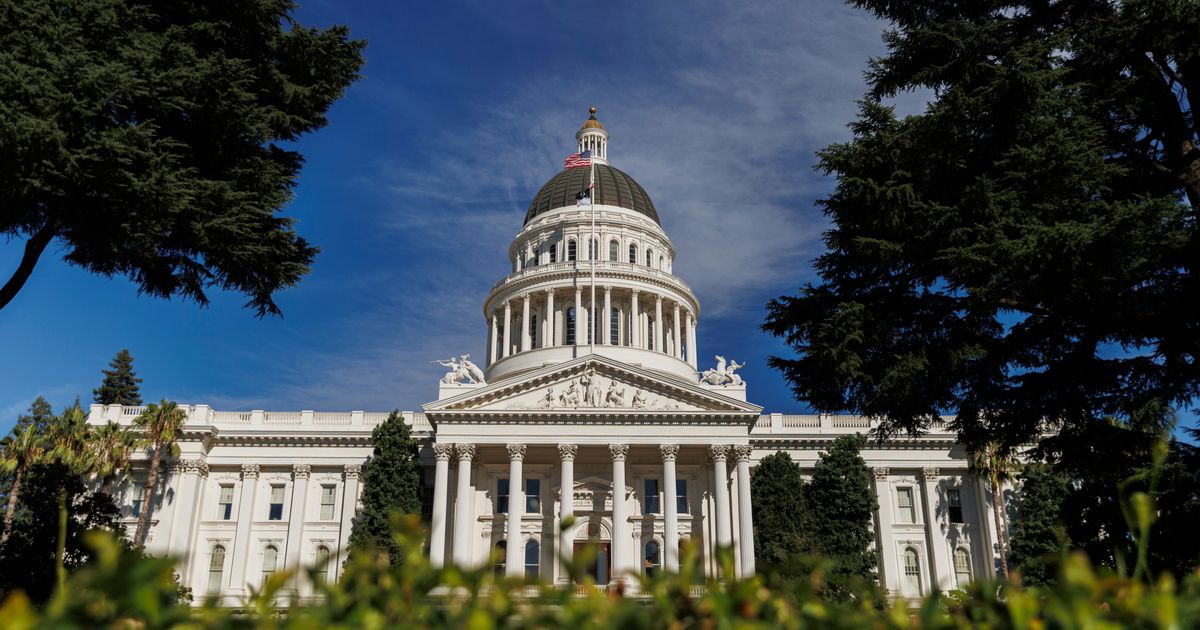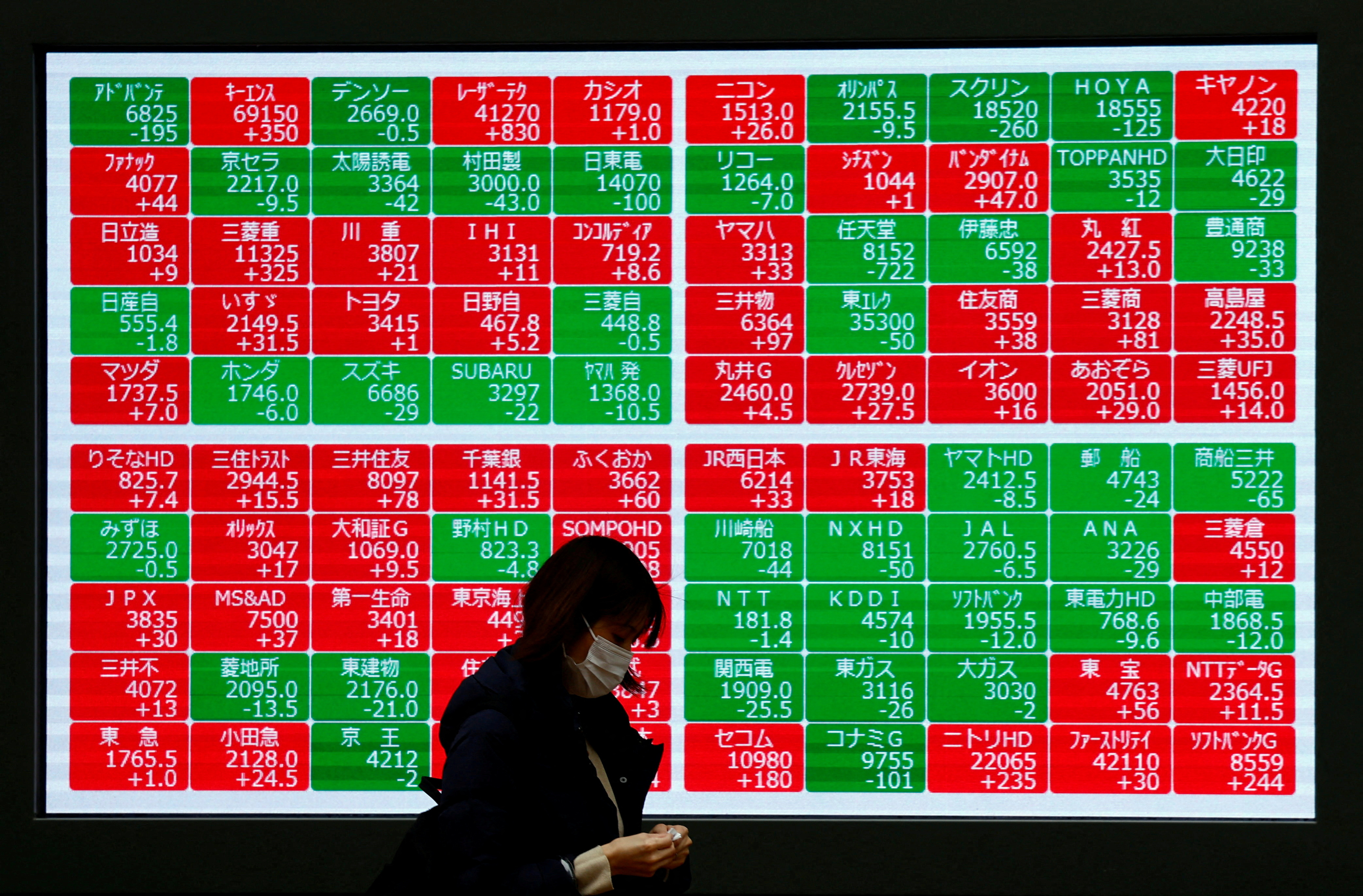California Budget 2025: A Report on Fiscal Decisions and Sustainable Development Goals (SDGs)

On Friday, California lawmakers are set to vote on a $321 billion budget plan aimed at closing a $12 billion deficit. This budget reflects significant adjustments to progressive priorities, including a notable rollback of health care expansions for low-income adult immigrants without legal status. The budget negotiations were led by Democratic Governor Gavin Newsom and legislative leaders.
Context and Fiscal Challenges
This marks the third consecutive year that California, the nation’s most populous state, has had to reduce or halt funding for programs championed by Democratic leadership. The budget plan relies heavily on state savings, borrowing from special funds, and delaying payments to address the fiscal shortfall. Additionally, potential federal cuts to health care programs and economic uncertainties threaten to deepen budgetary constraints.
Key Challenges Identified
- Federal policies potentially reducing state tax revenue by $16 billion.
- Projected future deficits ranging from $17 billion to $24 billion annually.
- Criticism from Republican lawmakers regarding exclusion from negotiations and reliance on reserves.
Health Care and SDG 3: Good Health and Well-being
The budget includes significant changes to California’s Medi-Cal program, which aims to provide health coverage to low-income residents, including immigrants.
- Enrollment of new adult patients without legal status in state-funded health care will cease starting in 2026.
- A $30 monthly premium will be introduced in July 2027 for immigrants under 60 years old remaining in the program, including some with legal status.
- Elimination of $78 million funding for mental health phone lines serving approximately 100,000 people annually.
- Removal of funding for dental services for low-income individuals in 2026.
- Delay of legislation mandating health insurance coverage for fertility services by six months to 2026.
Despite these cuts, the budget protects funding for in-home domestic and personal care services for low-income residents and Californians with disabilities, and avoids cuts to Planned Parenthood services.
Environment and SDG 13: Climate Action
The budget allocates $1 billion from California’s cap-and-trade program to support state firefighting efforts. This market-based program is designed to reduce carbon emissions by requiring companies to purchase pollution credits, with funds directed toward climate-related initiatives.
- The budget does not commit to reauthorizing the cap-and-trade program through 2045 or guarantee $1 billion annually for the high-speed rail project, deferring these decisions to separate spending plans.
- Funding approved to transition approximately 3,000 part-time firefighters to full-time roles to enhance wildfire prevention and response.
- An allocation of $10 million to increase wages for incarcerated firefighters, currently earning between $5.80 and $10.24 per day.
Public Safety and SDG 16: Peace, Justice, and Strong Institutions
The budget provides $80 million to implement a voter-approved tough-on-crime initiative, which includes:
- Making shoplifting a felony for repeat offenders.
- Increasing penalties for certain drug offenses.
- Empowering judges to order treatment for individuals with multiple drug charges.
Funding distribution includes:
- $50 million for counties to build behavioral health beds.
- $15 million for probation officers’ pre-trial services.
- $20 million to support courts managing increased caseloads.
Advocates argue that the allocated funds fall short of the estimated $400 million needed for the program’s first year.
Other Priorities and SDG 8: Decent Work and Economic Growth
- Film tax credit increased from $330 million to $750 million annually to stimulate California’s entertainment industry, effective through 2030.
- $10 million allocated to support immigration legal services, including deportation defense.
- No new funding provided for cities and counties to address homelessness, risking the loss of thousands of shelter beds.
- No action taken on Governor Newsom’s proposal for an underground water tunnel project aimed at improving the state’s water supply infrastructure.
Conclusion
The 2025 California budget reflects a complex balancing act amid fiscal constraints and political negotiations. While it incorporates measures aligned with several Sustainable Development Goals—such as health care access (SDG 3), climate action (SDG 13), and public safety (SDG 16)—it also entails significant cutbacks that may impact vulnerable populations and long-term sustainability efforts.
1. Sustainable Development Goals (SDGs) Addressed or Connected
- SDG 3: Good Health and Well-being
- Expansion and scaling back of health care programs (Medi-Cal) for low-income and immigrant populations.
- Mental health services funding changes.
- Dental services and fertility services coverage adjustments.
- SDG 10: Reduced Inequalities
- Health care access for low-income adult immigrants without legal status.
- Support for immigration legal services including deportation defense.
- SDG 11: Sustainable Cities and Communities
- Negotiations to ease housing construction.
- Concerns about homelessness and shelter bed availability.
- SDG 13: Climate Action
- Use of cap-and-trade funds for firefighting and climate-related spending.
- Transitioning part-time firefighters to full-time to improve wildfire prevention and response.
- SDG 16: Peace, Justice and Strong Institutions
- Funding for tough-on-crime initiatives, behavioral health beds, probation services, and courts.
- SDG 8: Decent Work and Economic Growth
- Raising film tax credits to boost the entertainment industry.
- Increasing wages for incarcerated firefighters.
2. Specific Targets Under Those SDGs
- SDG 3: Good Health and Well-being
- Target 3.8: Achieve universal health coverage, including financial risk protection and access to quality essential health-care services.
- Target 3.4: Promote mental health and well-being.
- SDG 10: Reduced Inequalities
- Target 10.2: Empower and promote the social, economic and political inclusion of all.
- SDG 11: Sustainable Cities and Communities
- Target 11.1: Ensure access for all to adequate, safe and affordable housing and basic services.
- SDG 13: Climate Action
- Target 13.1: Strengthen resilience and adaptive capacity to climate-related hazards and natural disasters.
- Target 13.2: Integrate climate change measures into policies and planning.
- SDG 16: Peace, Justice and Strong Institutions
- Target 16.3: Promote the rule of law and ensure equal access to justice for all.
- Target 16.6: Develop effective, accountable and transparent institutions.
- SDG 8: Decent Work and Economic Growth
- Target 8.5: Achieve full and productive employment and decent work for all women and men.
3. Indicators Mentioned or Implied to Measure Progress
- SDG 3 Indicators
- Number of low-income adults enrolled in state-funded health care programs (Medi-Cal).
- Funding levels for mental health phone lines and dental services.
- Implementation status of health insurance coverage for fertility services.
- SDG 10 Indicators
- Number of immigrants receiving health care and legal services.
- Monthly premiums paid by immigrants under the program.
- SDG 11 Indicators
- Number of new housing units built or eased construction permits.
- Availability of shelter beds for homeless populations.
- SDG 13 Indicators
- Amount of cap-and-trade funds allocated to firefighting and climate projects.
- Number of part-time firefighters transitioned to full-time roles.
- Daily wages of incarcerated firefighters.
- SDG 16 Indicators
- Funding allocated to behavioral health beds, probation services, and courts.
- Number of cases handled under the tough-on-crime initiative.
- SDG 8 Indicators
- Annual amount of film tax credits awarded.
- Employment and wage levels for firefighters and workers in the entertainment industry.
4. Table: SDGs, Targets and Indicators
| SDGs | Targets | Indicators |
|---|---|---|
| SDG 3: Good Health and Well-being |
|
|
| SDG 10: Reduced Inequalities |
|
|
| SDG 11: Sustainable Cities and Communities |
|
|
| SDG 13: Climate Action |
|
|
| SDG 16: Peace, Justice and Strong Institutions |
|
|
| SDG 8: Decent Work and Economic Growth |
|
|
Source: seattletimes.com







